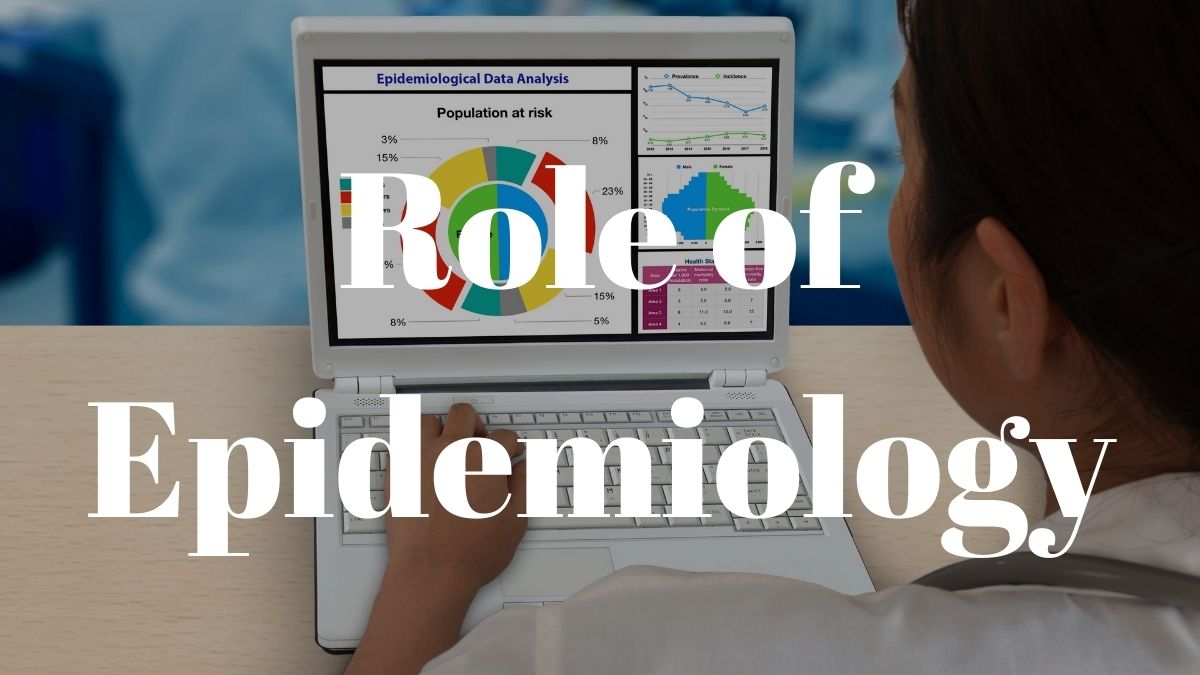Epidemiology
According to the Australian Institute of Health and Welfare Epidemiology is “the study of the patterns and causes of health and disease in populations and the application of this study to improve health.” It involves the collection of data from hospitals, GPs, health care practitioners, surveys, and census information. This data is gathered and analysed in order to provide a picture of Australia’s health status.
I also really like Wikipedia’s blurb on epidemiology.
“Epidemiology is the study and analysis of the distribution, patterns and determinants of health and disease conditions in defined population. It is a cornerstone of public health, and shapes policy decisions and evidence-based practice by identifying risk factors for disease and targets for preventive healthcare.”
What does it tell us?
Epidemiology tells us the basic health status of Australia in terms of quantifiable measures of ill health. This data is gathered and used to provide trends in disease incidence and prevalence along with information about ethnic, socioeconomic, and gender groups. Epidemiology uses data on death rates, birth rates, illnesses, injuries, treatments provided, work days lost, Hospital usage, and money spent by both consumers and the government.
Who uses it?
Researchers, health department officials, the government, and health or medical practitioners use epidemiology. This data is used to help identify priority health issues and possible causes of disease or illness.
Do they measure everything about health status?
No. Epidemiology has many limitations that need to be understood. At the basic level, statistics and data like epidemiology can be manipulated by the interpreters and are very open to bias. They also tend to focus on negative measurable aspects of health and not the positive, less measurable aspects such as wellbeing and quality of life. They also do not account for the determinants of health: individual, sociocultural, socioeconomic, and environmental factors. Epidemiology provides little if any data on the impact of disease and illness.

